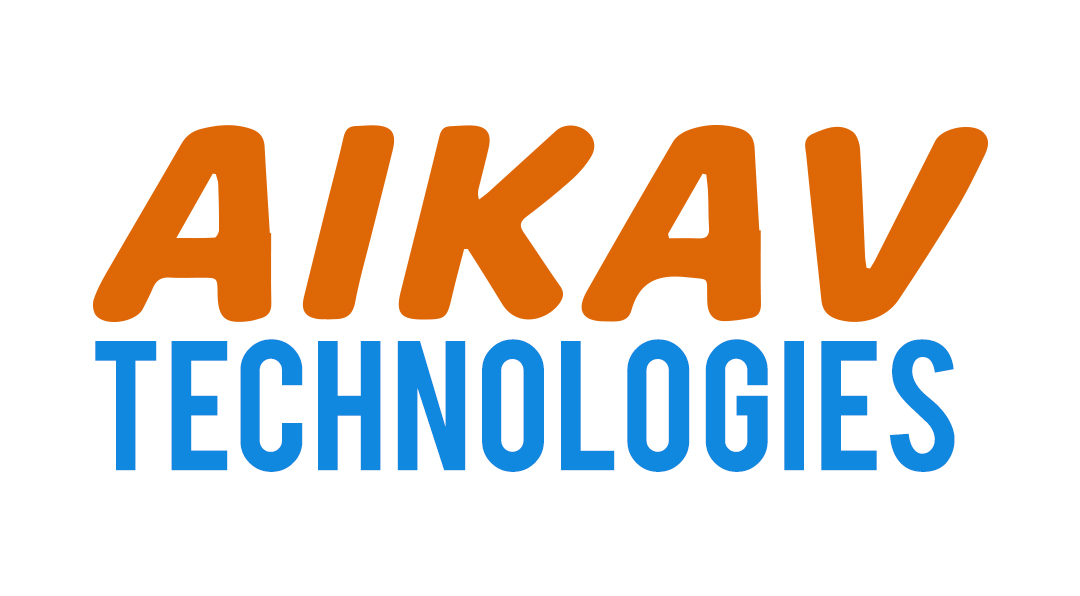
Drupal 11 continues to push the boundaries of content management with enhanced media management features that make handling media assets—such as images, videos, and documents—easier, more efficient, and more flexible. These upgrades focus on improving the user experience for content creators, administrators, and developers, making it a powerful platform for managing media in modern websites.
This article covers the most important new media management features in Drupal 11 and how they will impact your workflows.
1. Improved Media Library
One of the standout improvements in Drupal 11 is the Media Library, which has been enhanced to make it easier to manage all types of media assets.
Key Improvements:
- Intuitive User Interface: The new user interface for the Media Library is more streamlined, offering a better user experience. The improved UI makes it easier to browse, search, and filter through large volumes of media files.
- Batch Upload Support: Drupal 11 introduces batch upload functionality, allowing content creators to upload multiple media files in a single action. This makes managing bulk media files more efficient.
- Drag and Drop Functionality: The drag-and-drop interface has been upgraded for better usability, making it easy to upload media directly into the library from your desktop or file explorer.
2. Enhanced Media Embedding
Embedding media into your content has never been easier in Drupal 11. With improved integrations, you can now embed media more seamlessly.
Key Features:
- Embedded Media Previews: Drupal 11 provides a live preview of embedded media, giving content editors instant feedback on how media will appear on the site before it’s published.
- Direct Media Insertion: Media assets can now be inserted directly into content through the WYSIWYG (What You See Is What You Get) editor, eliminating the need to leave the content creation page.
- URL-based Embedding: Drupal 11 allows for easy embedding of media from third-party sources (e.g., YouTube or Vimeo) via simple URL input. This simplifies the process of integrating external media.
3. Flexible Media Types and Fields
Drupal 11 brings more customization options for different types of media, giving site administrators greater flexibility.
Key Features:
- Custom Media Types: Site administrators can now create custom media types (e.g., audio, embedded social media posts, etc.), ensuring that different types of media are handled with the appropriate structure and fields.
- Custom Field Configuration: Administrators can define specific fields for each media type, allowing for more tailored configurations (e.g., image sizes, video resolution, etc.) based on the needs of the site.
4. Responsive Image Handling
As mobile devices continue to dominate internet traffic, responsive image handling becomes crucial. Drupal 11 takes this challenge head-on.
New Features:
- Automatic Image Resizing: Drupal 11 automatically selects and serves the appropriate image size based on the user's device, ensuring faster load times and better performance.
- Lazy Loading: By implementing lazy loading for images, Drupal 11 ensures that images only load when they are visible on the user’s screen, which improves page load times and overall performance.
5. Access Control and Permissions
Drupal 11’s new media management features also offer better control over who can view, edit, and manage media files.
Key Features:
- Granular Permissions: Drupal 11 introduces more granular permission settings for media. Administrators can now restrict access to specific media types, ensuring that sensitive or private files are only accessible to the appropriate users.
- Role-Based Access: Media access can be controlled based on user roles, allowing content creators and site administrators to determine which users can upload, edit, or delete media assets.
6. Integration with Cloud Storage and Third-Party Services
Drupal 11 takes full advantage of cloud technologies, enabling better scalability and integration with external services.
Key Features:
- Cloud Storage Integration: Drupal 11 now supports seamless integration with cloud storage platforms such as Amazon S3 and Google Cloud Storage. This allows for better management of large media libraries while reducing local server storage requirements.
- Third-Party Media Embedding: Drupal 11 makes it easier to integrate media from external platforms like social media and video hosting services. This can include embedding from YouTube, Vimeo, and other external media sources with minimal effort.
7. Improved Support for Headless Drupal
For decoupled or headless Drupal applications, media management is critical to ensure smooth integration between Drupal’s back-end and the front-end.
Key Features:
- Media API Enhancements: The Media API has been improved, offering better tools for developers to interact with media assets programmatically in decoupled environments.
- Media Library Access via API: Headless Drupal sites can now access the media library via the API, making it easier to display media assets dynamically on the front end of decoupled websites.
Conclusion
With its new media management features, Drupal 11 is poised to significantly improve how users manage, embed, and deliver media across their websites. From an upgraded Media Library to better cloud storage integration, responsive image handling, and enhanced permissions, Drupal 11 provides all the tools necessary to make managing media content easier and more efficient.
For content creators, administrators, and developers alike, these upgrades make Drupal 11 a more powerful platform, streamlining workflows and making media content more accessible and manageable than ever before.
